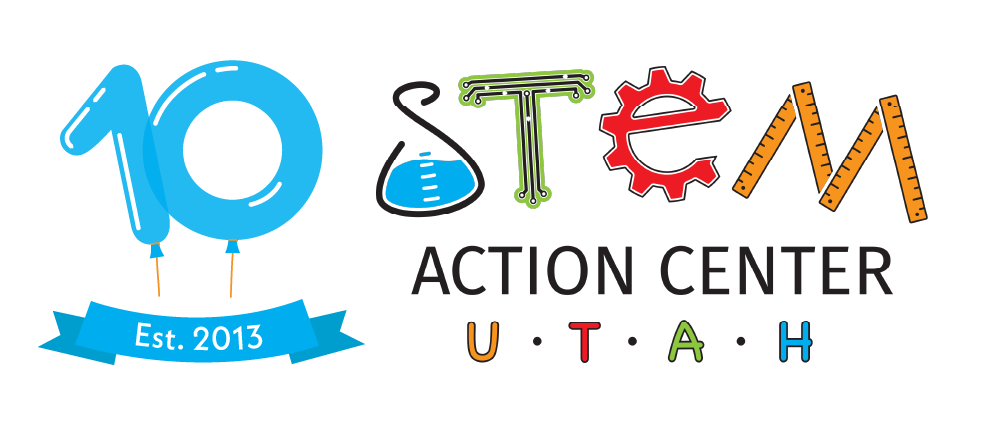Ocean Clean Up
Materials
- Small containers, such as mid-size tupperware
- Water
- Canola Oil
- Maker Supplies
- Feathers
- Paper cups
- Plastic cups
- Popsicle sticks
- Coffee Filters
- Sponges
- Aluminum Foil
- Paper
- Rubber Bands
Introduction
Ask students what uses humans have for petroleum, gasoline, or oil. Explain that because humans use petroleum, gas, and oil for so many things, we transport it all around the world, including over the ocean. The biggest hazard of transporting fossil fuels that way is what can happen if there’s a spill.
Ask students how they think an ocean ecosystem might be affected by an oil spill? Emphasize the impact that oil has on both living and non-living parts of the ecosystem, including the water, sunlight, and living organisms.
Ask students what humans can do to prevent fossil fuel transportation from impacting ecosystems? Explain that today they are going to be inventing solutions to minimize the impact of an oil spill on an ocean biome. You’re all going to invent a solution today!
Activity
- Pass the water-filled containers out to small groups or pairs of students, along with a small amount of canola oil. Have students pour the oil into the water.
- Ask students what they notice about the oil. How does it interact with the water? What might cause the interactions they observe?
- Show students the supplies available to them for their prototypes. Encourage them to look through supplies, and ask them how the supplies might interact with the oil and water.
- Before allowing students to start experimenting, have them sketch, write, or discuss their prototype designs. Once students have at least one prototype plan, have them start testing and improving their designs.
- After each round of testing, ask students to assess their designs. Were they effective in removing oil from the water? Did the designs work as expected, and if not, why not? Encourage students to improve their designs, write down their findings, or even try new designs.
- If time allows, have students engineer another solution, and have each group demonstrate their solution.
- Which solutions worked the best? Which ones were the least effective? Why?
- Did every solution use the same method to remove the oil? What were some of the different methods?
- How might those solutions work if we used them at a larger scale – for instance, in the ocean? What changes might have to be made?

